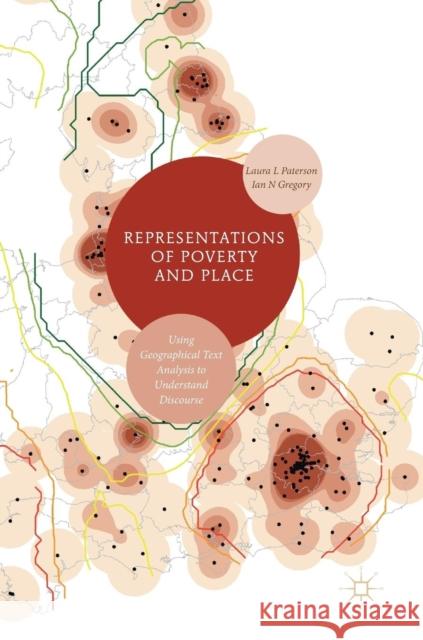Representations of Poverty and Place: Using Geographical Text Analysis to Understand Discourse » książka
topmenu
Representations of Poverty and Place: Using Geographical Text Analysis to Understand Discourse
ISBN-13: 9783319935027 / Angielski / Twarda / 2018 / 260 str.
Representations of Poverty and Place: Using Geographical Text Analysis to Understand Discourse
ISBN-13: 9783319935027 / Angielski / Twarda / 2018 / 260 str.
cena 342,95
(netto: 326,62 VAT: 5%)
Najniższa cena z 30 dni: 327,68
(netto: 326,62 VAT: 5%)
Najniższa cena z 30 dni: 327,68
Termin realizacji zamówienia:
ok. 22 dni roboczych
Dostawa w 2026 r.
ok. 22 dni roboczych
Dostawa w 2026 r.
Darmowa dostawa!
Kategorie:
Kategorie BISAC:
Wydawca:
Palgrave MacMillan
Język:
Angielski
ISBN-13:
9783319935027
Rok wydania:
2018
Wydanie:
2019
Ilość stron:
260
Waga:
0.49 kg
Wymiary:
21.01 x 14.81 x 1.75
Oprawa:
Twarda
Wolumenów:
01
Dodatkowe informacje:
Wydanie ilustrowane











